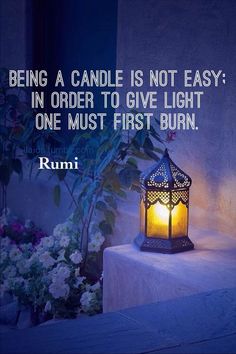It is easy to argue the need for resilience in leadership in our ever-changing, complex organizations. As we continue to make difficult decisions to support our fiscal realities and respond to the needs of our work culture, we are continually called to “…start doing things that are beneficial, stop doing things that are harmful, and to keep on going day after day without getting too stressed about it” (Hanson, 2018, p. 155).
Bunting (2016) and Hanson (2018) remind us that a leader is responsible for setting the tone for an organization and modeling behaviours that will support our people to rise to the challenges we face. Additionally, Bunting (2016) attests that getting important work done by wielding authority will only be effective temporarily. He says, “You can only get people on board when you empathize with them and take them on a journey with you” (p. 6). Therefore, we need to be mindful of the fact that humans are wired with mirror neurons (Gloor, 2017, p. 26), which means that when I show up scattered, harsh or impulsive, the people around me are more likely to adopt those qualities. Luckily, mirror neurons also support my ability to light a spark of resilience, calm, and thoughtfulness in others.
The foundations of resilience are “mental resources like determination, self-worth, and kindness” (Hanson, 2018, p. 2), which are developed by promoting a sense of well-being. We become well by “recognizing what’s true, resourcing ourselves, regulating thoughts, feelings, and actions, and relating skillfully to others and the wider world” (Hanson, 2018, p. 3). Through mindfulness, leaders have an opportunity to examine their thoughts emotions, and experiences, and differentiate between what is serving their resilience and what is getting in the way. All of this is a great reminder that we need to take care of our own well-being and development before we can support others.

But how do we get there?
Hanson, (2018) explains that we can choose one of the mental resources we want to nurture (like kindness, compassion, or motivation) and create “lasting changes in the neural structure” (p. 15) of our brains. For example, if we want to develop more compassion for ourselves and our coworkers who are experiencing a difficult change, we start by seeking out and noticing times when we are experiencing compassion. Then write about it using descriptive language, so that our brains can fully integrate the different aspects of compassion. With these details, we can intentionally create repeated experiences that reflect all the nuances of compassion and lead to lasting change in ourselves and others. Essentially, if we want to learn something new, we need to notice it, experience it over and over again, and reflect on how it is working in our minds and bodies.

Tabrizi (2015) explains that “we are the ones who determine our direction and who set our course through life. We are our own captains, our own CEOs” (p. 80). Combine this notion with the knowledge that our brains are willing and able to make the changes we require to become our best leader-selves, and we are well positioned to operate from a position of hope, one of the keys to remaining on a path toward resilience. For when we feel as though change is impossible, we have no reason to persevere.
References
Bunting, M. (2016). The mindful leader: 7 practices for transforming your leadership, your organisation and your life. https://ebookcentral-proquest-com.ezproxy.lib.ucalgary.ca/lib/ucalgaryebooks/reader.action?docID=4516137&ppg=20
Gloor, P. A. (2017). Swarm leadership and the collective mind. Bingley, UK: Emerald Publishing.
Hanson, R. (2018). Resilient: How to grow an unshakable core of calm, strength, and happiness. New York, NY: Harmony Books.
Tabrizi, B., & Terrell, M. (2015). The inside out effect: A practical guide to transformational leadership. Ashland, OH: Evolve Publishing.
